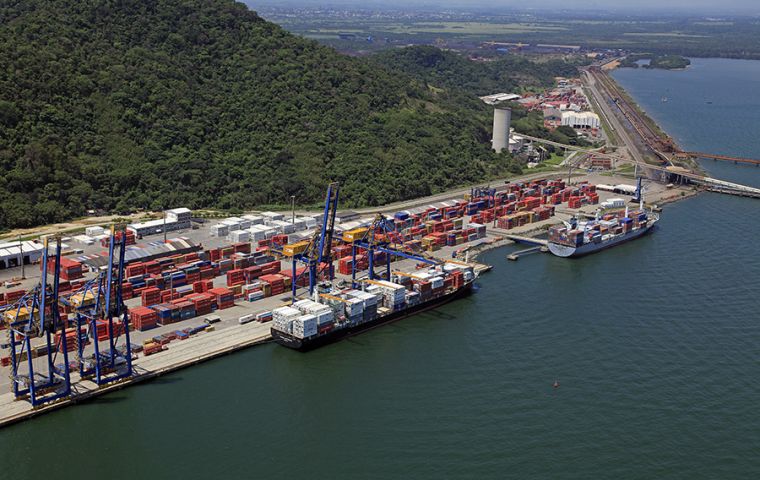MercoPress. South Atlantic News Agency
Brazil's 2019 trade surplus shrinks 20%, lowest since recession year 2015
 Surplus in 2020 could be even smaller, Lucas Ferraz, trade secretary said, as strengthening domestic demand lifts overall economic growth to around 2.3%
Surplus in 2020 could be even smaller, Lucas Ferraz, trade secretary said, as strengthening domestic demand lifts overall economic growth to around 2.3% Brazil’s trade surplus shrank 20% to US$ 46.67 billion last year, official data showed on Thursday, as upwardly revised exports in recent months failed to mask a widespread slump in overseas demand for Brazilian goods over the course of 2019.
The upward revisions to exports in the September-November period are likely to lift gross domestic product growth estimates for the last two quarters, but overall, the shrinking surplus will likely prove to have been a drag on economic growth last year.
The surplus in 2020 could be even smaller, Lucas Ferraz, trade secretary at the Economy Ministry, said, as strengthening domestic demand lifts overall economic growth to around 2.3% and spurs imports more than exports.
“This growth will be driven by domestic demand, not external demand ... which will tend to boost imports more than exports,” Ferraz told reporters in Brasilia, saying that it “should put pressure on the trade balance.” He said the ministry will not release its 2020 estimate until April.
December’s trade surplus was US$5.6 billion, the Economy Ministry said. Exports totaled US$ 18.16 billion in the month and imports were US$12.56 billion.
For 2019 as a whole, exports were US$ 224 billion and imports were US$ 177.3 billion, resulting in the surplus of US$ 46.67 billion. In 2018, Latin America’s largest economy posted a trade surplus of US$ 58 billion.
The 2019 annual surplus was the smallest since 2015, when it was US$ 19.5 billion, amid one of the most severe recessions in Brazil’s history. All else being equal, a narrowing trade surplus is a drag on overall economic growth.
Foreign demand for Brazilian products last year was hit by the slowest global growth in a decade, uncertainty surrounding the U.S.-China trade dispute, and a wave of political and economic turmoil across Latin America.
Ferraz said Argentina’s renewed slide into economic and political crisis reduced Brazilian exports of manufactured goods by US$ 5.2 billion last year, while the outbreak of African swine fever in China reduced soy exports by US$ 6.7 billion.
Last month, the government revised up September-November exports by a combined US$ 6.5 billion. Statistics agency IBGE’s first official estimate of third-quarter GDP growth was 0.6%, with net trade a drag on growth as exports fell 2.8% quarter on quarter. IBGE’s revised estimate along with fourth-quarter GDP data will be published on March.




Top Comments
Disclaimer & comment rulesCommenting for this story is now closed.
If you have a Facebook account, become a fan and comment on our Facebook Page!